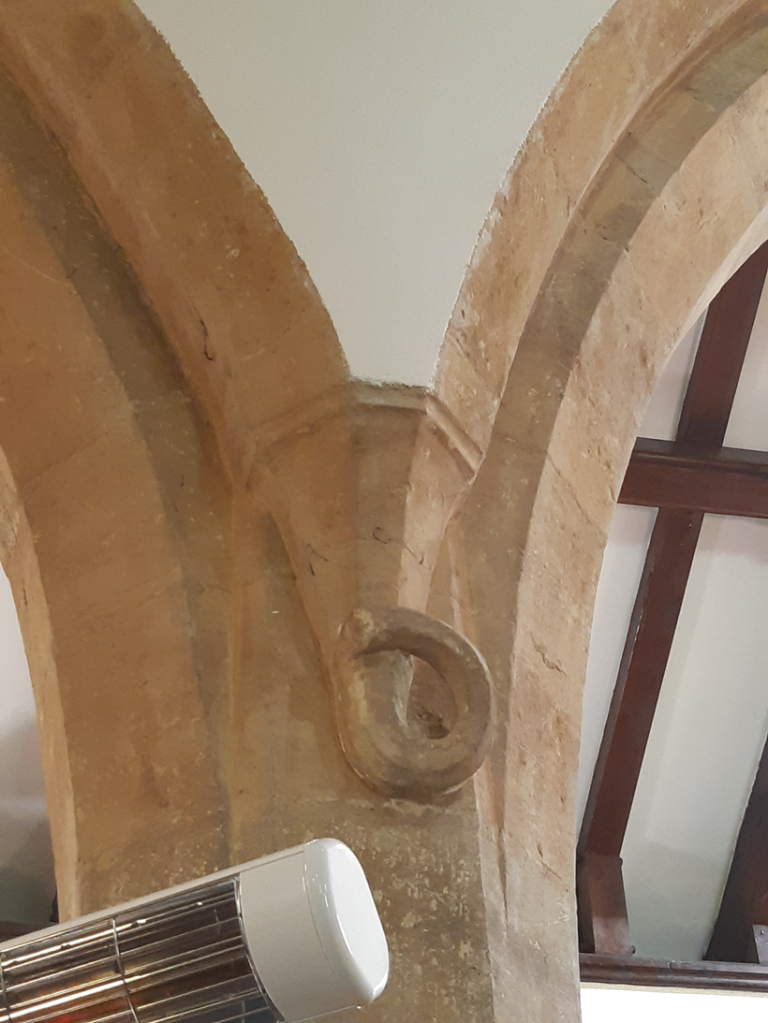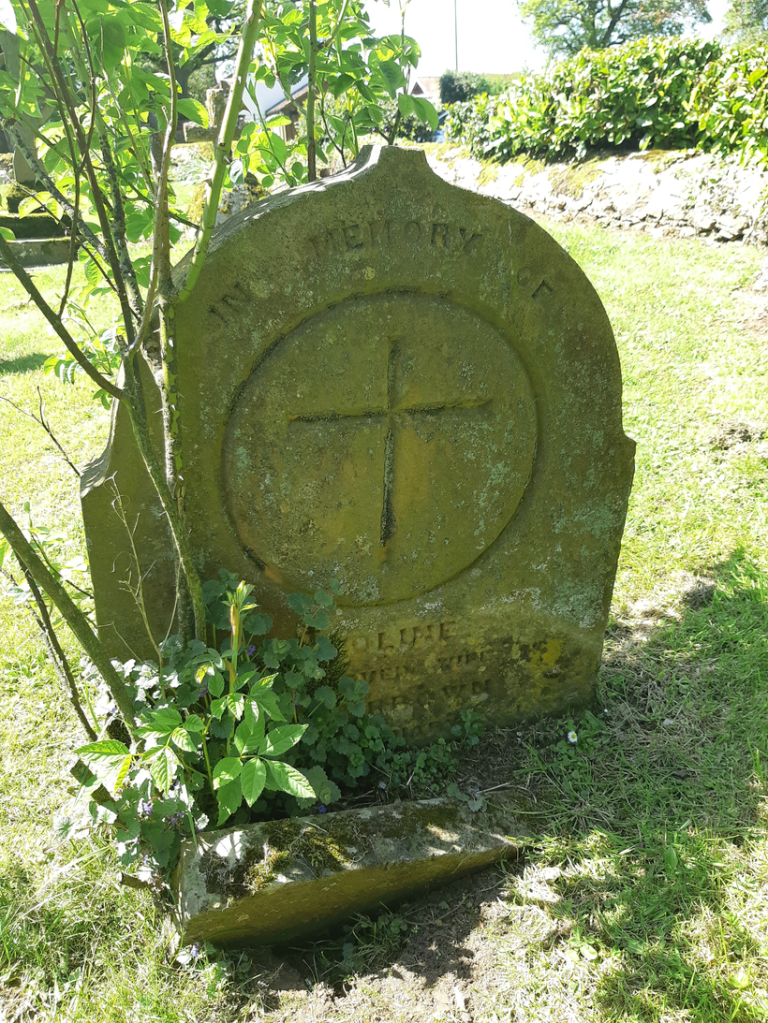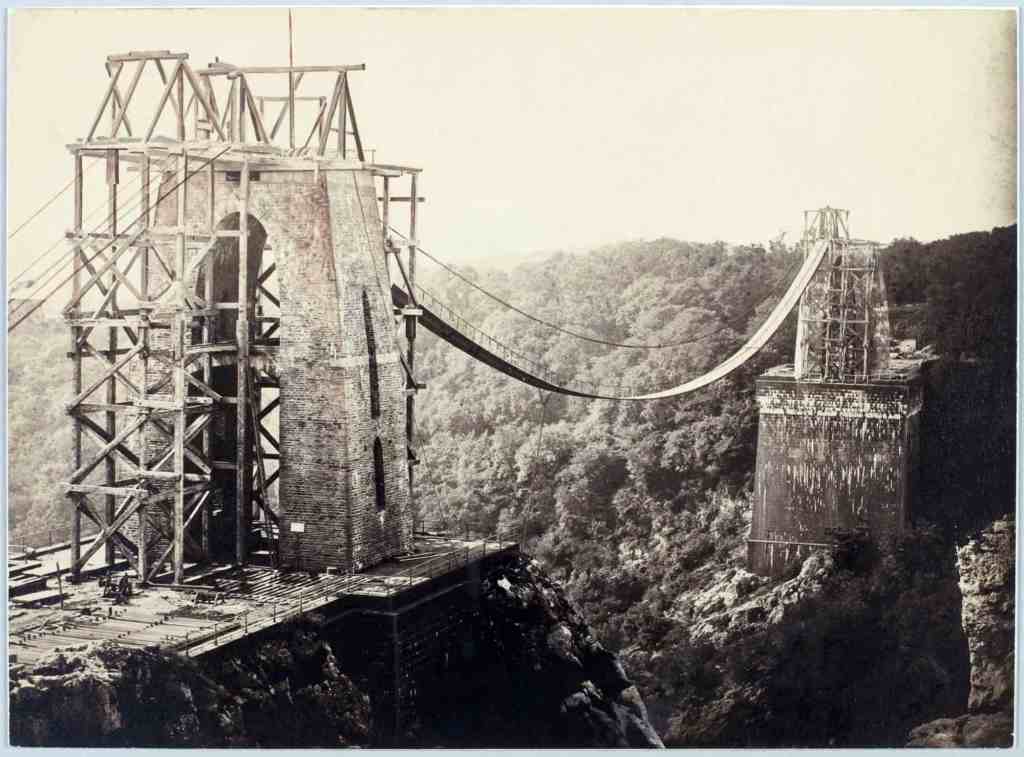I love churches. That’s no shock to any of you. I joke so often that I’m an old granny in all but age, waxing lyrical about good slippers, 70s tv shows and sensible knitwear, but I feel there’s something else there. I find a quiet excitement in the stillness of churches – in those cold, empty buildings, I can enjoy genuine peace and – quite often – find strange, beautiful and important objects within. Whether there’s graves, paintings or ancient graffiti, churches constantly entertain me, and I feel that nearly everyone – regardless of faith – can find something of interest in an old church. Unless they’re an overly-keen woman in their 30s who enters a church on an open day when nearly everything of interest is covered up, blocked off, or aggressively protected by someone who believes every visitor is on the rob. With that in mind, introducing the Church of St Peter at Normanby le Wold.


Normanby le Wold’s open day was earlier this year, around the time of King Charles III’s coronation – which should account for the paper maché corgi by the entrance. For all of my gripes and grizzles (and there were a few), the church itself has a fascinating history.
St Peter’s is the highest church in Lincolnshire, sitting 554 feet above sea level; and for one of the flattest counties in England, that’s quite the selling point. The name ‘Normanby le Wold’ might seem unusual, but is rather self explanatory; Normanby means ‘The Norsemen’s Village’, first recorded in the Domesday book as ‘Normanesbi’. Sitting on ‘The Viking Way’ hiking route, it marks the place of a century settlement of Norwegian Vikings who lived amongst the – predominantly 9th century Danish Viking – communities. As for ‘le Wold’, this part refers to another part of the location – the Lincolnshire Wolds. While the church no longer serves a large congregation, it remains popular with walkers of the Viking Way.

The community at Normanby le Wold gradually shrank and dispersed as the centuries passed and farming communities felt the brunt of the industrialisation of the 19th century. By 1722, the parish of Normanby le Wold had merged with the nearby village of Claxby and by the mid 19th century, part of Normanby’s church had been demolished and bricked-up to decrease the footprint of the rarely-used building. The rise of Methodism (predominantly primitive Methodism) in Lincolnshire had been substantial, with many locals preferring this newer, simpler form of worship, to established Anglican norms.

By the 1860s, the church was a wreck, but was somehow saved from the scrapheap by local landowners who held enough sway to push forward a restoration of the church by local Louth-based renowned architect, James Fowler (who also had a hand in restoring Claxby and Tealby). While unarguably destructive in many of his methods, Fowler built, rebuilt, raised and re-floored the church, all under a budget of £1000, raised by local subscription. The right church aisle – that had previously been demolished when the church was disused – was rebuilt by the wealthy Hargrave family, thus completing Fowler’s restorations. As these restorations were completed in the 19th century, they display a distinctly Victorian gothic theme, which doesn’t fit too uncomfortably with the remaining 13th century elements, such as blocked doorways, corbels and foundation masonry.

The porch is typically Victorian in construction and rather unremarkable in comparison to the corgi, unlike the jazzy selection of 13th century corbels (a piece of masonry that juts from a wall like a stone bracket) that decorate the pillars of the building. Some of these are trumpet-curl or ‘rams horn’ corbels, which look a little like sea creatures from afar.


Normanby’s showstopping toothache corbel dates from the 13th century and shows a man holding open his mouth and gripping his head, in the midst of orthodontic agony. A funny feature to have in a community space, or a warning of pains inflicted by the Lord? You decide. Either way, it remains in fantastic condition. A similar toothache corbel can be found in St Andrew’s Church, Beesby (also in Lincolnshire).



The church has an interesting variety of stained glass windows. Some modern examples depict St Paul, Christ and St Peter, acting as a memorial to a former churchwarden, George Francis, who died in 1932. Other windows are from further afield. Depicting scenes from Christ’s life, several 18th century German window panels found their home in Lincolnshire after being salvaged from the now-demolished church at Panton.

Normanby’s font is a beautiful 14th century octagonal example, which has survived in excellent condition down the years.

However, toothache corbels aside, Normanby’s other showstopping treat is a series of three huge Victorian oil paintings, produced in a distinctly medieval style. Although hard to photograph in backlight, the sheer size and scale of the paintings is staggering.



They depict typically cheery religious scenes – Christ, Aaron, Moses and the 10 Commandments, and St Faith with the gridiron on which she was burned to death.
There’s also Christ’s arrival into Jerusalem and Christ with St Peter by a storm on the sea of Galilee. Believed to date from the 14th century, these busy paintings are a veritable who’s who of saints and martyrs.

These works are another introduction from a demolished church, this time from further afield in the church of St Paul at Burton-on-Trent in Staffordshire. Originally part of a series of 10 huge paintings, others can be found in nearby Lincolnshire churches including Claxby, South Kelsey and Stainton le Vale.
I have it on good authority that the churchyard contained a lot of ‘Good Sniffs’ and god knows what else, as my tiny dog kept trying to roll in suspicious patches of grass every few paces. Smells aside, there were few headstones to speak of, presumably as a result of 20th century clearing efforts to improve the ‘look’ of the churchyard, and increase the ease of mowing.
Despite this paucity, there is a handful of interesting memorials.

The grave of William Hargrave (d1829) is topped by a cherub and two flowers, and the verse that begins ‘He lived respected and beloved for his inflexible integrity…’.



Others are topped with draped urns and crosses, while larger tomb slabs lay flat against the church’s outer walls.
A simple, rural church, armed with a table of squash and a then-out of season Christmas tree can be a special thing indeed.
***

Liked this post? Then why not join the Patreon clubhouse? From as little as £1 a month, you’ll get access to tonnes of exclusive content and a huge archive of articles, videos and podcasts!
Pop on over, support my work, have a chat and let me show you my skulls…www.patreon.com/burialsandbeyond

Liked this and want to buy me a coffee?
To tip me £3 and help me out with hosting, click the link below!
https://ko-fi.com/burialsandbeyond
***




Leave a comment